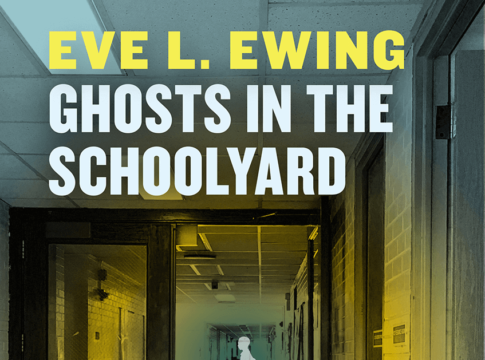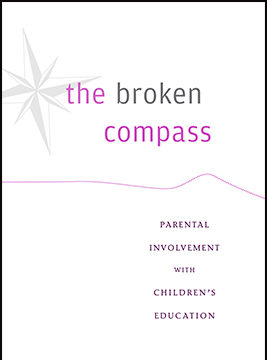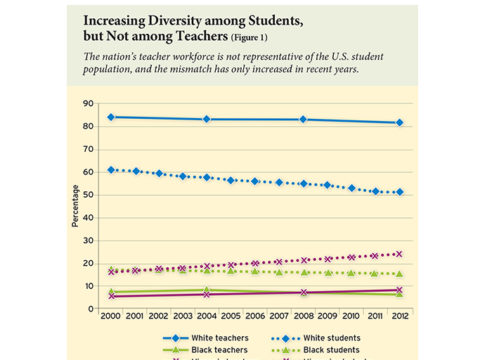 The Long Shadow: Family Background, Disadvantaged Urban Youth, and the Transition to Adulthood
The Long Shadow: Family Background, Disadvantaged Urban Youth, and the Transition to Adulthood
by Karl Alexander, Doris Entwisle, and Linda Olson
Russell Sage Foundation, 2014, $35.00; 300 pages.
As reviewed by Nathan Glazer
How do the social contexts of family, neighborhood, and school in the early years relate to life outcomes for urban youth? Why do some rise above disadvantage to succeed at work and in life, while others do not? To explore these questions, sociologists Karl Alexander, the late Doris Entwisle, and Linda Olson launched a study of Baltimore’s children as they began school in 1982, selecting a representative sample of 800 1st graders, and following them with questionnaires and interviews until the subjects reached age 28.
Baltimore was prosperous during World War II, but in the postwar period, with suburbanization and then the decline of American heavy industry and manufacturing, the city lost half its jobs in these areas, the jobs that enable those with less education to make decent lives. It also lost a good part of its white population. When this study began, the school system enrolled mostly black children, with so few whites that their presence in the sample was expanded to permit meaningful comparisons between black and white.
Heavily statistical, the book is supplemented with vivid comments from interviews with the children and young adults. (We do not hear from the teachers and parents, who were also interviewed.)
The authors are eager to correct stereotyped views of disadvantaged black areas, such as the picture presented in the widely noted 1997 book by David Simon and Edward Burns, The Corner, which was subtitled, “A Year in the Life of an Inner-City Neighborhood,” and made into a television miniseries in 2000. Fortunately for the authors of The Long Shadow, The Corner concentrated on a Baltimore neighborhood served by one of the schools in their sample, and they can contrast the picture shown there with their own research.
The two neighborhoods adjacent to “the Corner” are almost entirely black; poverty and unemployment rates are relatively high. But they defy “simple characterization as an underclass ghetto.” According to the 2000 Census, the two neighborhoods are economically diverse, with the majority of residents employed in a variety of sectors. Most adults in both neighborhoods held high school diplomas, and one-fifth and one-quarter, respectively, had attended at least some college.
How have the children of these neighborhoods fared? In 2005, the authors spoke with 18 of the initial sample of 22 African American males from one school, who were on average 28 years old. Seven were in jail at the time; 17 of the 18 had been arrested at some point, most for drug-related offenses; and 15 reported using drugs.
One of the seven high-school dropouts later completed the GED. Of the 11 who graduated, 6 continued their schooling after high school; 4 earned technical school certificates; 1 earned an associate degree; and 1 a bachelor’s.
Nine of the men were employed full-time: one as a barber, one as a corrections officer, and the rest in construction. Five earned at least $35,000 a year, and two others earned more than $50,000. Not so good, but from their own point of view, not so bad. The authors quote one of these men: “To me, coming out of the neighborhood that I came out of, and doing what I’m doing, I think I succeeded in what I wanted to do. To not become a statistic.”
Nor did they do much worse than the disadvantaged whites included in the study. During the same period, the authors interviewed 14 of 17 white men who had also been 1st graders in the original sample and came from similar neighborhood and family backgrounds as the black men. Eight had arrest records, again mostly drug-related, and 11 acknowledged drug use.
Six of the men had failed to complete high school, although three of them had completed GEDs. Four others had gone to college, with one earning a bachelor’s degree and another a master’s.
For the whites, construction was again the most common occupation, and 13 of the men were working full-time. Just two of the white men in this group were also earning more than $50,000, but earnings among the rest were higher on average than among their black peers.
Outcomes for the whites in the sample are not so radically different overall from those of the black youth, but note the differences in earnings between whites and blacks who began life in similar distressed conditions and had similar brushes with drugs and with the law. Black neighborhoods and white neighborhoods, despite apparent similarities, had some crucial differences: white neighborhoods had much lower crime rates, and residents’ “sense of neighborliness,” as measured by various questions asked about trust of neighbors and the like, was much higher.
With this comparison, the authors establish that white disadvantage and black disadvantage are not so different, following the work of political scientist Charles Murray, who has gone furthest in demonstrating that conditions depicted in Daniel P. Moynihan’s 1965 study of the black family are today very much the conditions of the white poor, too. But as we proceed deeper through the book, we discover that the “long shadow” for blacks is not only the shadow of disadvantaged families, neighborhoods, and schools, but also of race.
The authors emphasize, against so much contemporary rhetoric, that alongside education, “there is a second mobility regime, one that privileges lower-SES [socioeconomic status] whites over blacks of like background. Its benefits accrue first to white men through access to high-wage employment in the remnants of Baltimore’s old industrial economy and then, derivatively, to the lower-SES women who marry and partner with them.” This mobility path is in large measure blocked for blacks.
Consider some of these “white privileges”: both black men and white men without postsecondary education find work primarily in industrial and construction crafts and enterprises. But 50 percent of the whites work in the higher-paying trades—as electricians, plumbers, and so forth while only 15 percent of the blacks do, and thus whites can earn roughly double what blacks can earn.
This disparity goes back a very long way. Discrimination against blacks in the crafts and their unions was already an issue 70 years ago, and affirmative action was initially instituted to attack this discrimination in entities that contracted with the government. Alas, the situation persists, deeply embedded in society. Low-SES whites, we learn from the book, get their jobs through connections, through family and friends, while blacks have to get their jobs in large measure on their own. They have much less access to valuable networks through which one learns about these jobs and is initially endorsed for them.
And the law weighs more heavily on the blacks, despite no great difference in drug use. A greater proportion of blacks than whites were confined at the time of the last interview (12 percent of blacks, 6 percent of whites). And a criminal record weighs more heavily on black efforts to return to the labor market than on white efforts.
And what is to be done? So much present rhetoric and action focuses on improving education, but surprisingly there is almost nothing in these pages on the Baltimore schools and their role in these young people’s lives: their inadequacy is more or less assumed, not a single quote in the book refers to schooling, and the author’s recommendations at the end propose only familiar, and often politically impossible, remedies. There is also no mention of charter schools, which are present in Baltimore.
This is a disheartening book, despite the authors’ intention and their success in complicating, to some moderate degree, our view of the condition of lower-class blacks. The “long shadow” of racism, expressed in so many ways, continues to make the lives of lower-class blacks difficult and to impose an unfair burden.
Nathan Glazer is professor emeritus of sociology and education at Harvard University.
This article appeared in the Spring 2015 issue of Education Next. Suggested citation format:
Glazer, N. (2015). Race and Poverty in Baltimore: The struggle for social and economic mobility continues for young men in our cities. Education Next, 15(2), 70-71.





